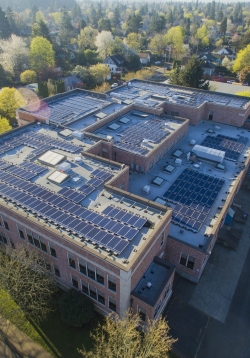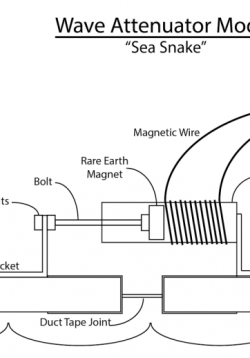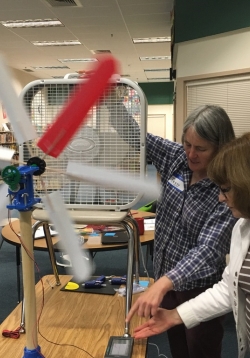How Tilt Angle Affects Solar Cell Output
Students will expose solar cells to a light source from a set distance and measure the output with a multimeter. Students will change the angle that the light source strikes the solar panel and measure the resultant output. They will compare and contrast...








